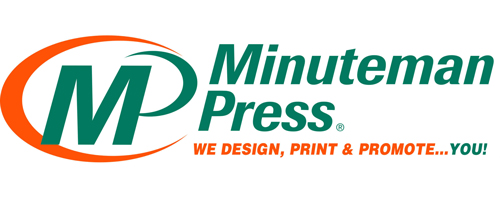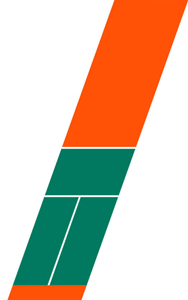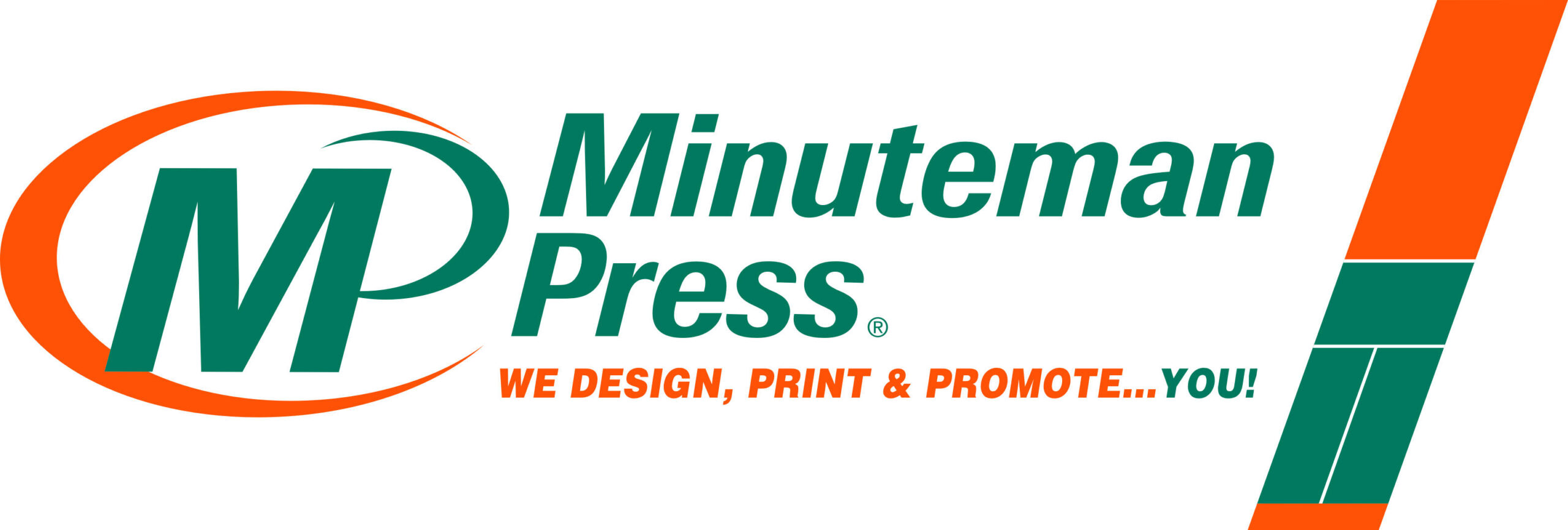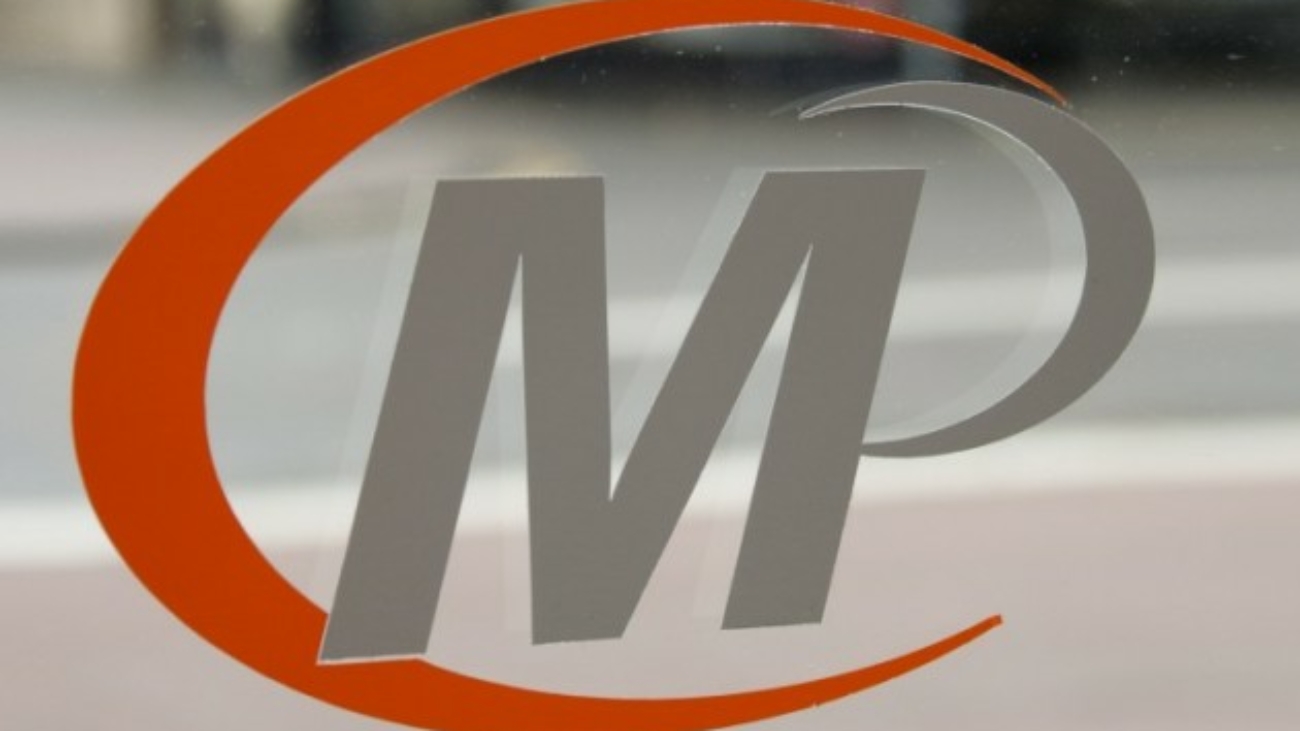A landing page is a page on your website which is purposely targeting one or a range of products or services. Within its content the page normally incorporates relevant specific information such as features and benefits and importantly call to actions. Typically utilised with paid search or some form of direct advertising, it is an extremely effective marketing tool if correctly executed. The difficulty for many is simply how to create, design and style a landing page for maximum benefit. This article describes the various required component elements of a landing page and the most effective methods to achieve the desired outcome by asking yourself a few simple questions.
What is the Aim of the Landing Page?
If the aim of a landing page could be termed in one word, it would be “persuasive”.
The ultimate aim of a landing page is to convert visitors by taking an appropriate action, whatever that action may be. However before looking at the concept or design of the page, the initial aim or goal of the landing page needs to be addressed. This will inherently affect the design and style.
The aim may be to build a list of potential interested parties via email sign-up, it may be a special offer or could be related to lead generation.
One method to ascertain potential design and concept ideas is to review landing pages of your competitors. What elements do they include, what messages do they convey?
Who are My Target Audience?
This is probably the most important question in many ways. It will have a bearing on the design of the landing page and how, in terms of marketing, you are going to attract the right people to the landing page. The design and message conveyed by the landing page needs to reflect the desires of your target audience. Determine what it is that your target audience are looking for, what problem do they need solving and reflect this within the landing page in terms of features and benefits.
This simple action tailors the message to the correct audience. It ultimately ensures that the targeted traffic will convert at a much higher rate than non-targeted traffic and inherently improve the return on investment.
It is important to define this element to ensure success.
How will I Market My Landing Pages?
Once the previous elements have been covered this question should really answer itself. Targeting your marketing, whether this is via social media adverts, display adverts on specific niche relevant websites or pay-per-click, can be achieved. Most advertising mediums provide a wealth of useful data enabling you to specify a wide variety of demographics such as age, sex, geographical area, interests as well as employment in some cases. This enables specific targeting.
The Landing Page Conceptual Design
Now you have defined who you want the landing page to focus on in terms of audience and subsequent traffic as well as the mediums to be used, it’s time to actually design the landing page.
Below are the key elements that need to be included and tips on how to ensure they are effective.
An important note with any form of landing page content is to keep it concise and to the point. Use high quality content including imagery and video to convey the right message and ensure that confidence in you and your business is created. The reason for this is that various studies show that visitors will initially spend only 15 – 25 seconds on a webpage initially, so the key is to grab their attention and lead them through the landing page funnel to the specific action. Make it simple for them to perform that action with opportunities within the content, not just at the end.
In generic terms follow the tried and trusted marketing principles of AIDA:
Attract
Create an attractive proposition, tailored to the target market.
Interest
Create interest that keeps the visitor reading the copy.
Desire
Create desire with emotive benefits satisfying the needs of the visitor.
Action
Ask / request the visitor to take a specific action.
Use the sort of language that a visitor would use: What is it that they are looking for? What do they need? What can this product / service do to satisfy that need?
Use powerful terminology and wording such as free, safe, now, special offer, discount; words which convey a specific message and urgency to act.
Play on the emotions of what they want and need, subtle manipulation works well.
The key elements of effective landing pages
Headline
Catchy and to the point: use wording which creates desire, focus on what the product or software can do for the target audience.
Examples include: Increase your conversions by 50%. Increase your sales by using this software.
Emotive, style headlines that highlight benefits specific to the target audience will convert the best.
Sub Heading
Use this element to explain the headline in greater detail, using words that entice and attract.
Features and Benefits
This part of the page needs to focus on what the product or service will do for the visitor. How does it satisfy their needs, does it save them money and / or time?
Do not simply list the features of the product or service, look at it from the visitor’s perspective; ask yourself why would you buy this product or service?
Client Testimonials / Reviews
Online sales, lead generation or list building is more difficult than face-to-face or even telemarketing forms of contact. Reputation is critical and this needs to be displayed within the content, therefore to create trust and authority unless your brand is already considered an authority within a particular field, you will need to enhance your offer with reputable reviews and client testimonials.
Have Clear Call to Actions
Once you have created the desire and interest in your offer, it’s time to get the visitor to take a specific desired action; these are called “calls to action”. Within your landing page there should be several calls to action elements located throughout the page, including midpoint and towards the end of the page. These can simply consist of a button, or a message eg “Order now” or “Buy now”. Alternatively, offer a selection of options, such as different packages, which would make your call to actions something like “Choose package one” or “Select package two”.
Use an Unbeatable Offer
An unbeatable offer can consist of something as simple as a money back guarantee, two for one offer, heavy discount, all of which is determined by the product or service you are offering.
As with all the content, make it emotive, and personal.
Monitor and review with Analytics
To measure the effectiveness of the landing page, ensure that you have Google Analytics, or whatever analytics program / software you use, set up on the site and that the page is referenced. In addition set up a relevant goal within the analytics program, so the conversion rate can be monitored. This is especially important if using paid forms of marketing, such as pay-per-click (PPC), as it will enable you to ascertain the most productive key terms. Remember to import the goal into the PPC campaign if using Google based analytics and adwords; this enables you to view the details within the campaign dashboard / interface.
Use split testing to see what subtle or major changes can do to the bounce and conversion rates.
Ensure that the landing pages are mobile friendly. With more and more people using smaller screen devices, such as phones and tablets to search the internet, this is a wise move.
Creating a landing page utilising the points listed will ensure a much higher chance of success. These points are tried and tested and work well if correctly created and executed.








